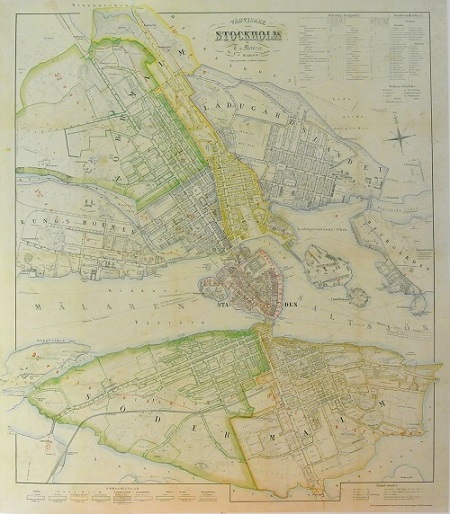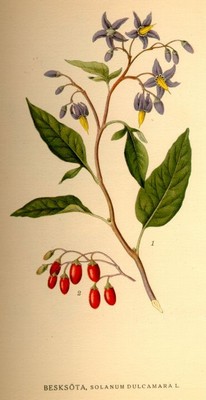1857-1904. Född i Ly, död i Christiania (Oslo).
Norsk underofficer. 1879 blev han sergeant och 1889 tjänstgjorde han i Kristiansand tills han 1890 blev fanjunkare vid Generalstaben. Han utgav ett par kartor över Kristiansand med omnejd samt ett över Norges militära indelning (1892). Redaktör för Underofficerskalenderen i Norge 1896-1903.
U.B. - Underofficersbladet, 1904.
Caspar Henne(n)berg(er) (sometimes also 'Kaspar'.
1529 – 29 February 1600.
Was a German Lutheran pastor, historian and cartographer.
Hennenberger was born in a Franconian place given as Erlich (Erlichhausen?) and started to study Lutheran divinity at the University of Königsberg in 1550. In 1554 he began to work at the congregation of Georgenau and in Domnau. Probably in 1561 he moved to Mühlhausen, where he worked as a Lutheran Pastor for the next 29 years.
With the patronage of Duke Albert of Prussia Hennenberger published the first detailed map of Prussia in 1576, the book 'Kurze und wahrhaftige Beschreibung des Landes zu Preussen' (short and truthful description of the land Prussia) in 1584 and 'Erklärung der preußischen größeren Landtafeln oder Mappen' (explanation of the larger Prussian maps) in 1594.
In 1590 Hennenberger became the Pastor of the Large Hospital at Königsberg-Löbenicht, where he died in 1600. He was buried in the Hospital's Church.
Bland arbeten.
Kurze und wahrhaftige Beschreibung des Landes zu Preussen.
Erklärung der preußischen größeren Landtafeln oder Mappen.
1720-1804. Född och död i Gran.
Norsk ämbetsman och naturhistoriker. Började 1738 att studera och läste olika ämnen under ett antal år. 1750 blev han anställd av den stora bok- och kartsamlaren greve Joh. L. Holstein för att måla grevskapet Ledreborg vid Roskilde. 1752 utnämnd till generalkonduktör vid Akershus stift. Han hade titeln kansliråd, senare justitieråd. Medlem av 'Det kgl. Videnskabers Selskab' i Trondheim och 'Det kgl. danske Landhusholdningsselskab'. - Av hans författarskap, som framförallt omfattar naturhistoriska avhandlingar, kan nämnas 'Indbydelse til de Norske Karter', en uppfodring att sända honom kartor och dokument som stöd för ett påtänkt norskt kartverk (1766), samt 'Subscriptions Plan Till En Norsk Atlas eller Land-Beskrivelse over Kongeriget Norge' (1773). Detta verk blev emellertid aldrig utgivet. Sina samlingar, däribland en betydande kartsamling, och en stor del av sin förmögenhet testamenterade han till 'Videnskabsselskabet' i Trondheim.
Bland arbeten.
Subscriptions Plan Till En Norsk Atlas eller Land-Beskrivelse over Kongeriget Norge.
Indbydelse til de Norske Karter.
Ehrencron.
Stockholm - Mentzer ca 1860.
Besksöta, Solanum dulcamara - Lindman, C. A. M, Bilder ur Nordens Flora 1917-26.



